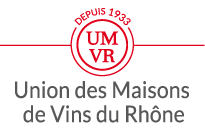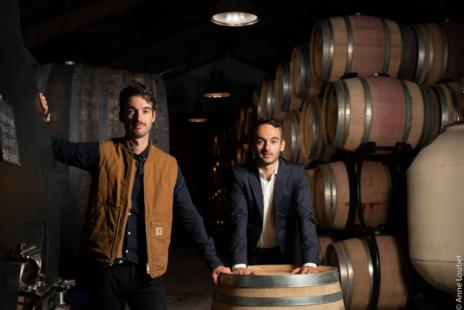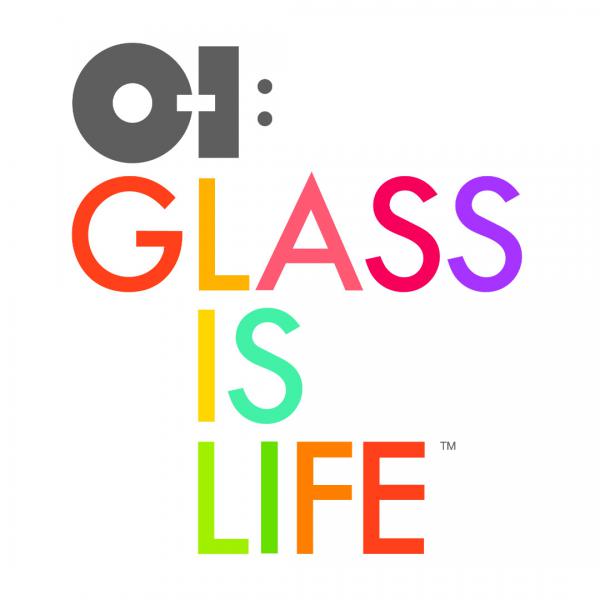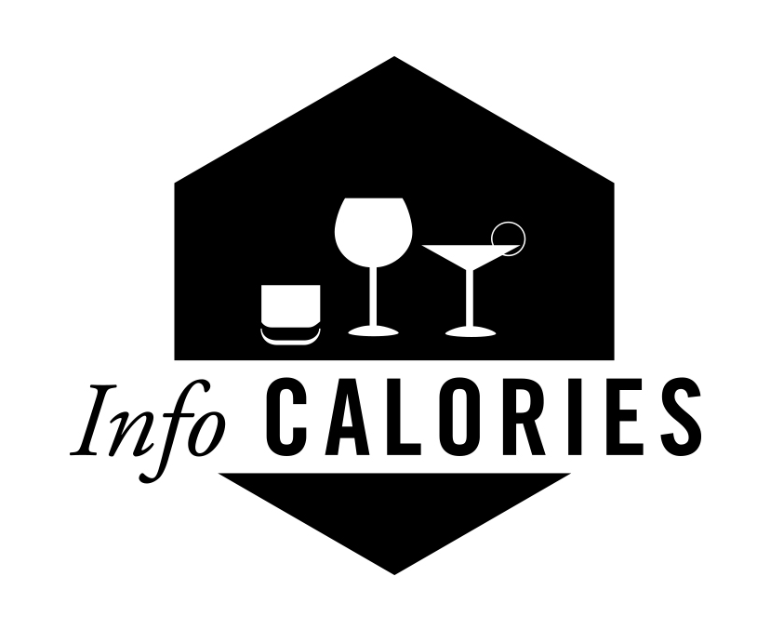Interview of the UVCDR - Union des Vignerons des Côtes du Rhône
OCTOBER 2019
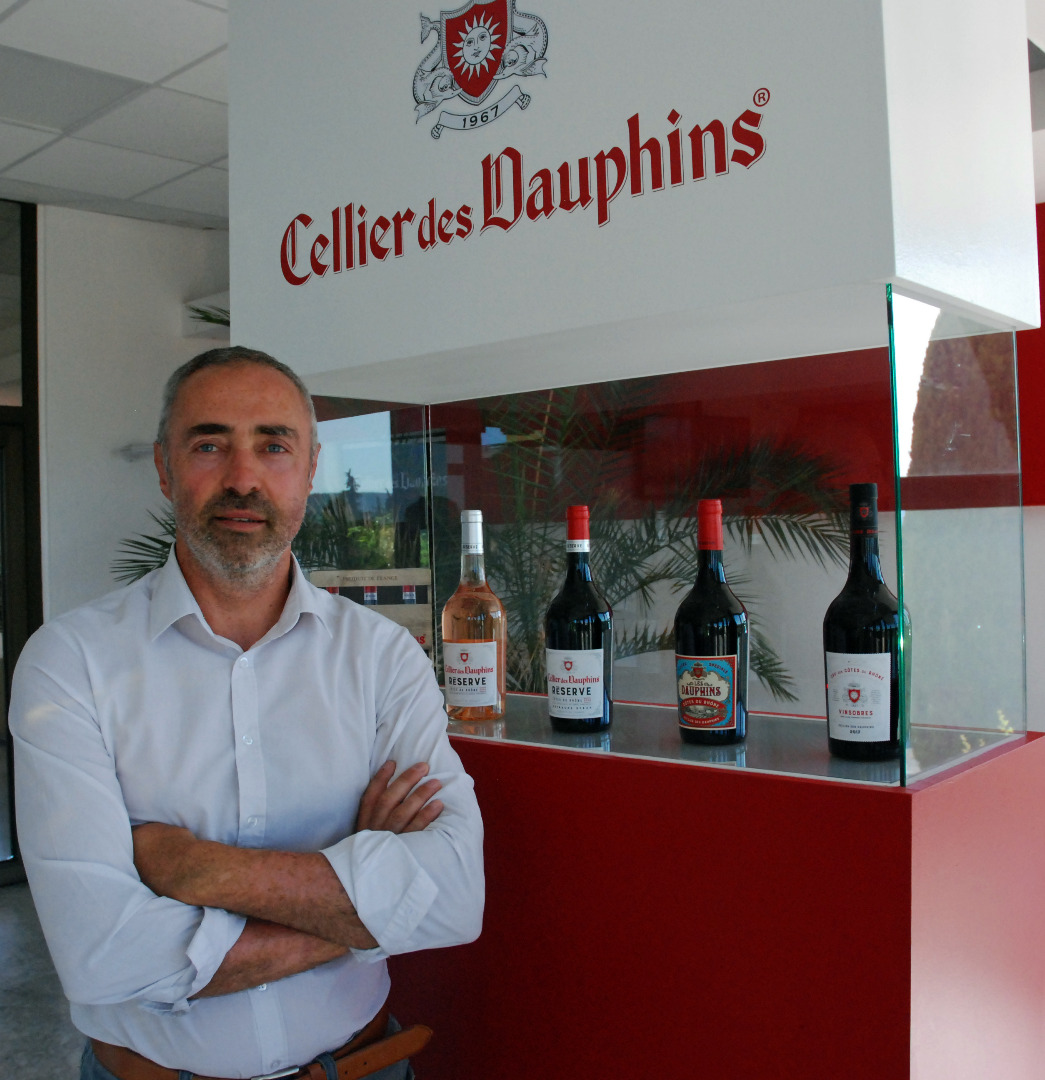
With its "Réserve" collection presented in April 2019, the cooperative group from the Rhône Valley, which groups together 11 wineries in the southern Rhône Valley, is continuing its policy of enhancing the value of its ranges. The point with Laurent Reinteau, managing director, who is at the helm of this offensive strategy.
With Cellier 2020, the management team of the UVCDR (Union des Vignerons des Côtes du Rhône) had initiated a few years ago a reflection aimed primarily at enhancing the value of the group's productions: the two big brands that are Cellier des Dauphins and Vignerons de l'Enclave (signatures of appellations in which we find almost all the appellations of the Rhone Valley) without forgetting Boissy & Delaygues, a niche brand, independent of the Cellier, which includes the Château de l'Estagnol estate in Tulette (Côtes-du-Rhône and Côtes-du-Rhône villages) and the new estate that the UVCDR has just acquired, the Galuval estate, 40 ha of vines, mainly in the cru (Cairanne and Rasteau).
This development policy began long before my arrival," stresses Laurent Reinteau, the current managing director, who spent most of his career in Champagne before taking up his position at UVCDR in 2017. And it continues today with the stated ambition to adapt the Cellier des Dauphins offer to the aspirations of new consumers".
Hence the launch last April of a new collection entitled Réserve. "It was in fact a question of re-venting our ranges. Of course, we kept Prestige, which is the company's cash cow [80% of sales in supermarkets], and we now have this new product line, Réserve, which is the result of a selection of individual products.
For these new vintages, which give pride of place to Syrah, the idea is to bring freshness with a sourcing more oriented towards the Pre-Alps (Vinsobres, Puyméras, Nyons) and a more modern qualified vinification with oxygen supply and ageing in wood. The aim is to have very aromatic profiles, with a lot of sweetness and roundness. The first bottles of Côtes-du-Rhône with the Reserve label arrived on the shelves in April, waiting for the villages and vintages.
On the rosé side, the Cellier des Dauphins has positioned itself strongly well before the fashion effect that attracts consumers today: it is even the leading producer in the Rhône Valley since, of the 130,000 hl of Côtes-du-Rhône rosé of the 2018 vintage, the Union with its cellars produces almost half of it. The UVCDR is not to be outdone in organic production either. To meet demand, the ranges have been revised with the launch this year of Cellier des Dauphins' Origine bio, which is a wine made from parcel selections and vinifications that aim to truly capture the purity of the fruit.
We are not in a race for volumes or supplies," Laurent Reinteau sums up, "because with our 11 cellars, we are able to source our needs perfectly. The main challenge for us remains the success of the new vintages, which should allow us to enhance the value of our winegrowers' work".
Jean Calabrese
LOCATIONS
1965: birth of the Union des Vignerons des Côtes du Rhône. Two years later, creation of the Cellier des Dauphins brand.
11 cooperative wineries are members to date (Nyons, Puyméras, Richerenches, Saint-Maurice-sur-Eygues, Saint-Pantaléon-les-Vignes, Sainte-Cécile-les-Vignes, Sérignan-du-Comtat, Suze-la-Rousse, Tulette, Valréas and Vinsobres).
12,500 ha of vineyards, 1,200 of which have been converted to organic farming.
90 million euros in sales in 2018
